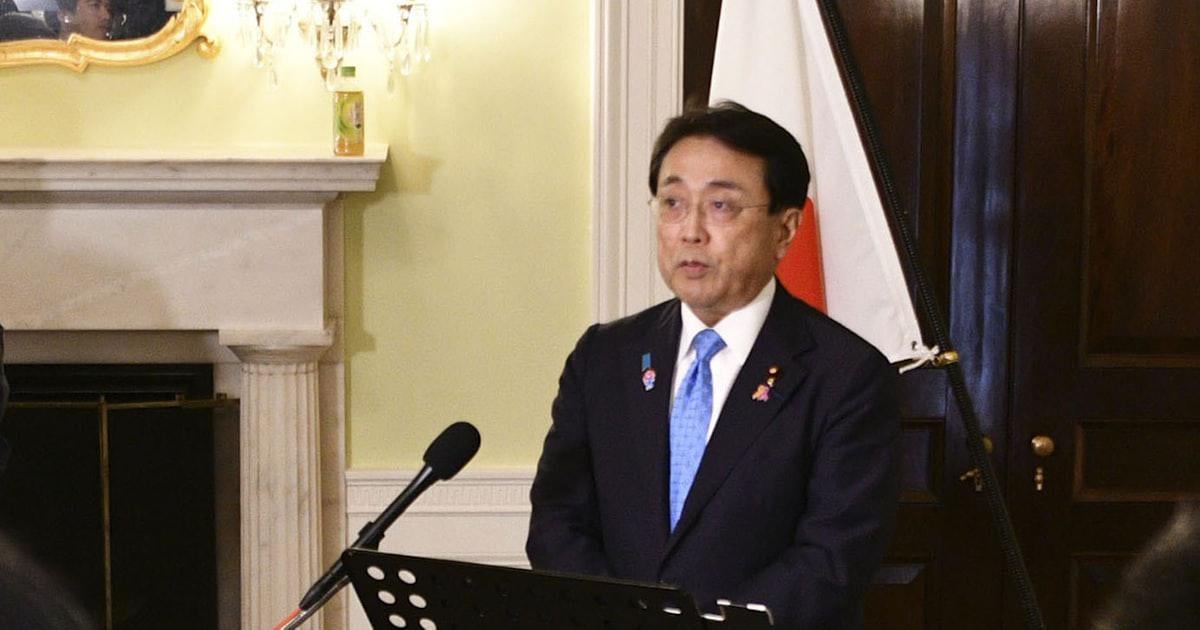
On November 7th, Ryo Akazawa, Japan’s Minister of Economic Revitalization, announced that the U.S. government promised to amend an executive order regarding reciprocal tariffs to include Japan in measures to reduce tariff burdens. Excess tariffs collected by the U.S. will be refunded retroactively to November 7th. The U.S. also plans to issue an executive order to lower auto tariffs around the same time.
During his trip to Washington, Akazawa held meetings with U.S. officials, including a 90-minute and later a 3-hour meeting with Commerce Secretary Gina Raimondo and a 30-minute meeting with Treasury Secretary Janet Yellen.
The U.S. had implemented new tariff reduction measures for the EU on November 7th, but Japan was not included despite previous promises. Currently, Japanese exports to the U.S. do not have reduced tariffs, resulting in higher tariffs being collected than agreed upon in July. Akazawa expressed disappointment in meetings with U.S. officials, who also acknowledged that Japan’s exclusion from tariff reductions was regrettable.
The U.S. promised to amend the executive order at an appropriate time and refund excess tariffs. However, the timing for changes and details about the refund process remain unclear. Akazawa suggested reducing auto tariffs quickly, and the U.S. indicated plans for President Trump to sign an auto tariff reduction order alongside the reciprocal tariff amendment. However, specific timing for these changes will be determined by the U.S.
The main focus of the tariff reduction measures was to avoid adding a 15% reciprocal tariff rate on top of existing tariffs. For items with under 15% existing tariffs, a total rate of 15%, including reciprocal tariffs, would be applied. For example, if a product had a 7% tariff, without reductions, it would end up with a 22% tariff, but the measure aimed to cap it at 15%.
by MagazineKey4532
